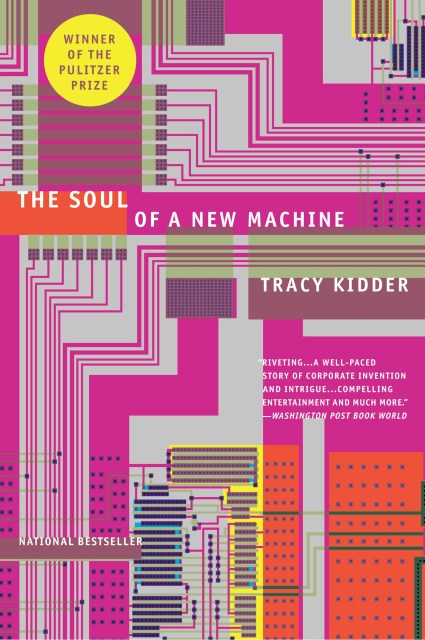The Soul of A New Machine
Contributors
By Tracy Kidder
Formats and Prices
Price
$19.99Price
$25.99 CADFormat
Format:
- Trade Paperback $19.99 $25.99 CAD
- ebook $9.99 $12.99 CAD
- Audiobook Download (Unabridged)
This item is a preorder. Your payment method will be charged immediately, and the product is expected to ship on or around June 1, 2000. This date is subject to change due to shipping delays beyond our control.
Also available from:
Computers have changed since 1981, when The Soul of a New Machine first examined the culture of the computer revolution. What has not changed is the feverish pace of the high-tech industry, the go-for-broke approach to business that has caused so many computer companies to win big (or go belly up), and the cult of pursuing mind-bending technological innovations.
The Soul of a New Machine is an essential chapter in the history of the machine that revolutionized the world in the twentieth century.
"Fascinating…A surprisingly gripping account of people at work." —Wall Street Journal
Genre:
- On Sale
- Jun 1, 2000
- Page Count
- 320 pages
- Publisher
- Back Bay Books
- ISBN-13
- 9780316491976
Newsletter Signup
By clicking ‘Sign Up,’ I acknowledge that I have read and agree to Hachette Book Group’s Privacy Policy and Terms of Use







